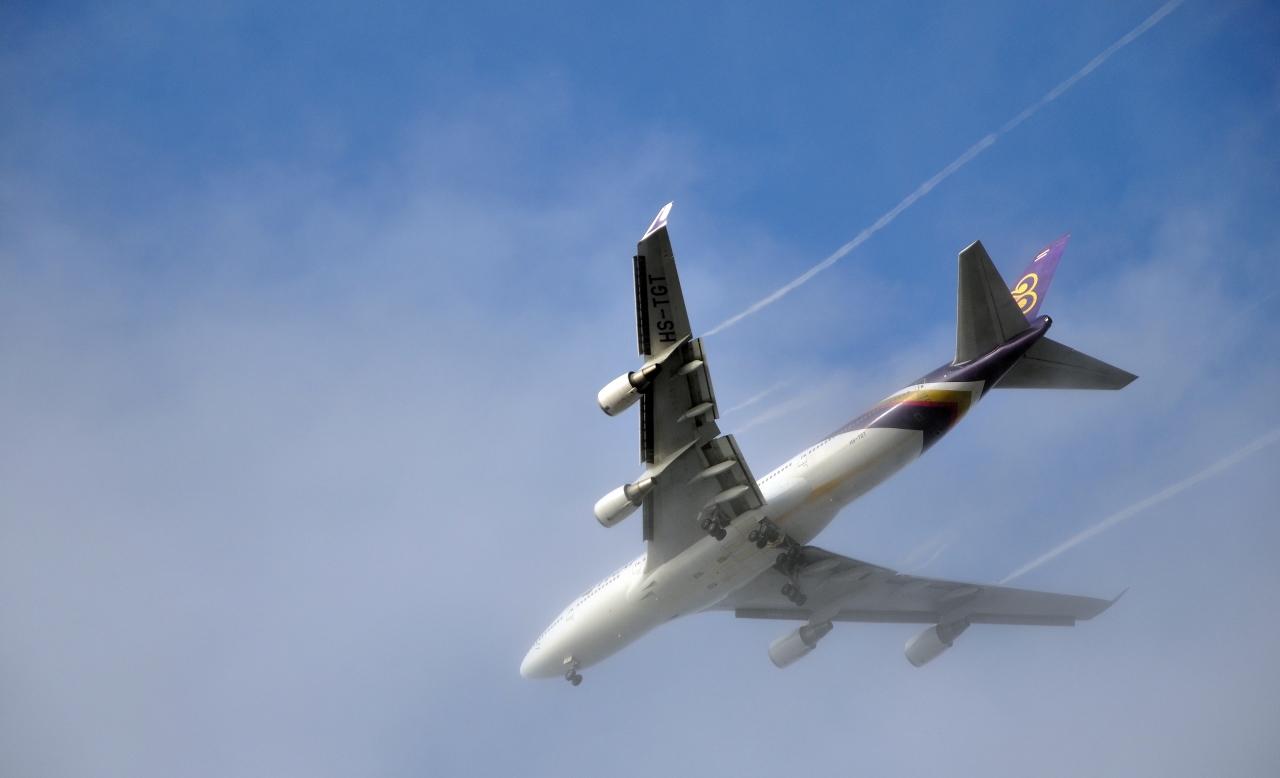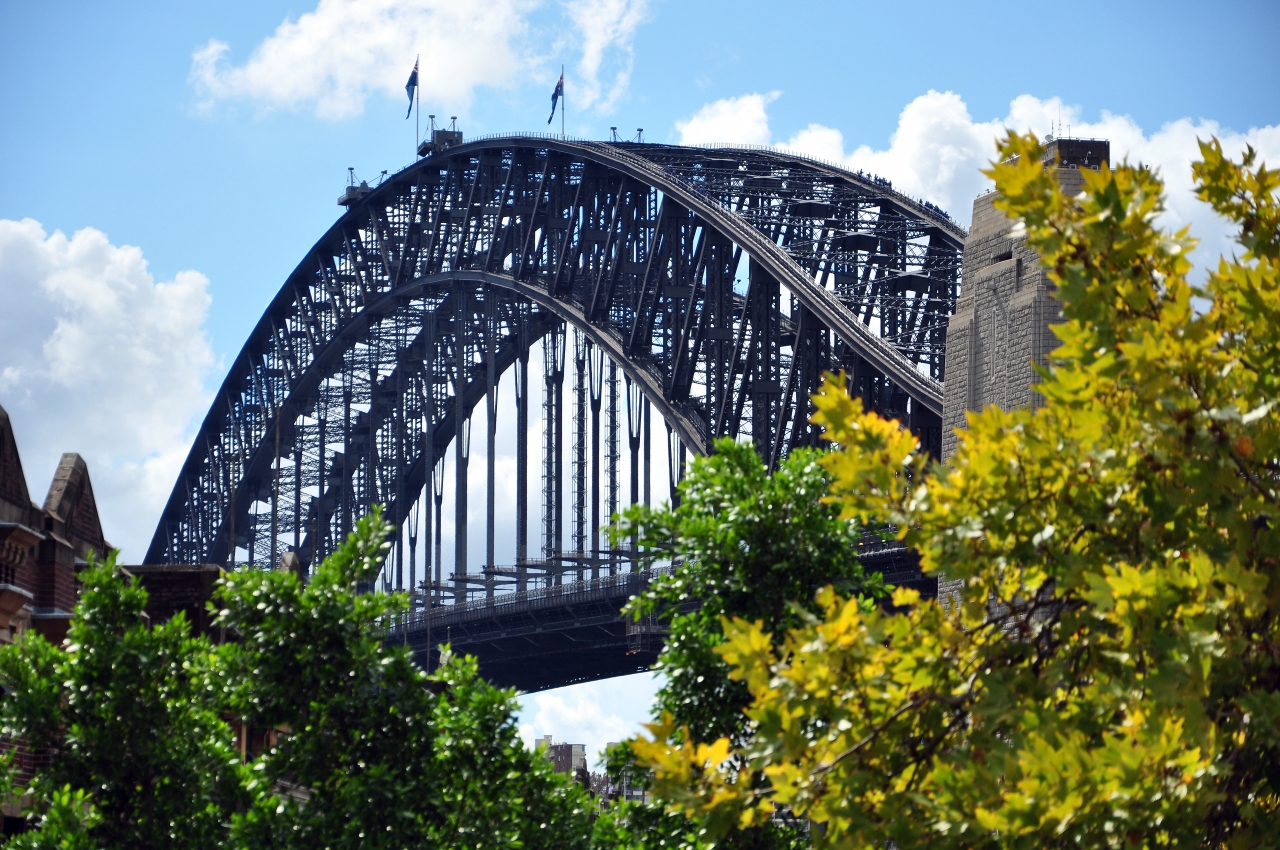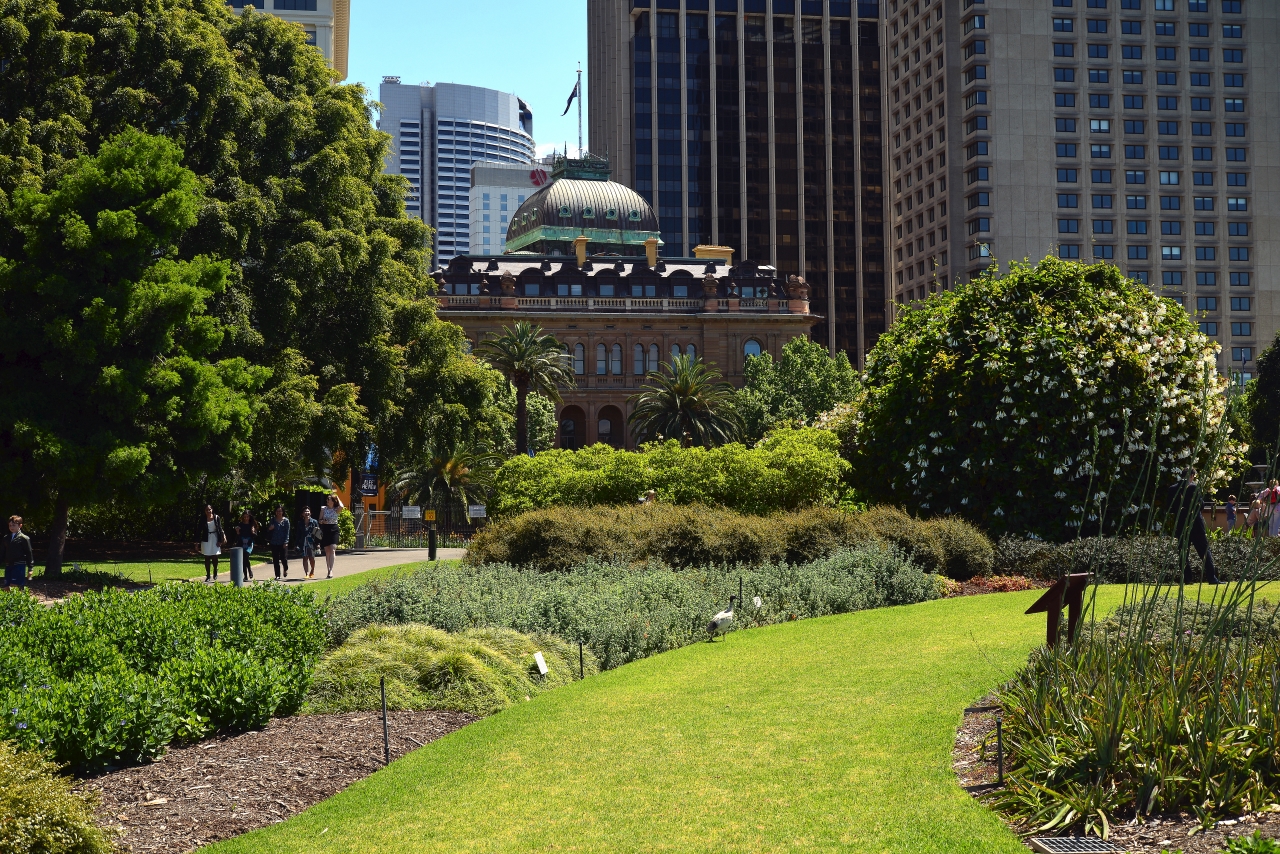Australia In The Skies
Australia Global Tourism
Introduction Australia, a unique and enchanting land, is a bucket-list destination for travelers across the globe on a aeroplane. Its diverse landscapes, iconic wildlife, and rich culture make it truly one of a kind. However, as an island continent located far from many of the world’s major population centers, Australia relies heavily on air travel to bridge the gap between itself and the rest of the world. Aeroplanes are not only a mode of transportation but a vital gateway that fuels the nation’s tourism industry, connects people, and showcases Australia’s wonders to the world.
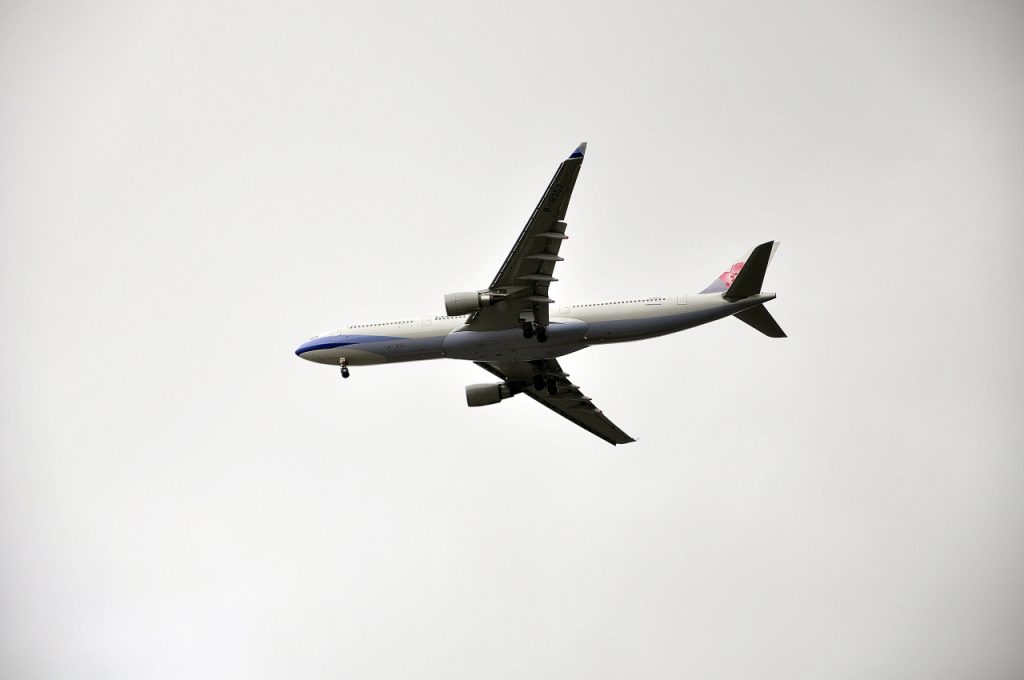
Closing the Distance
Overcoming Geographic Isolation
Australia’s remote location poses a challenge for global travelers. However, air travel overcomes this obstacle with astonishing efficiency. Modern aeroplanes make it possible for visitors to reach Australian cities like Sydney, Melbourne, and Brisbane from almost anywhere in the world within hours. These aviation hubs serve as welcoming gateways for millions of tourists eager to explore everything Australia has to offer.
Boosting Tourism-Driven Economies
Tourism is at the heart of Australia’s economy, and aviation is its driving force. Tourists arriving by air fuel local economies, from bustling metropolises to serene coastal towns and remote regions. Hotels, restaurants, cultural attractions, and tour operators thrive thanks to the steady flow of travelers. Additionally, international events such as the Australian Open or cultural festivals like Vivid Sydney are supported by aviation, drawing participants and spectators from around the globe.
Linking Remote Regions to the World
Aeroplanes don’t just connect major cities; they also bring Australia’s remote and regional areas into the spotlight. Stunning destinations like the Kimberley, Kangaroo Island, and the Blue Mountains rely heavily on aviation to welcome visitors. Smaller airports and regional carriers play a crucial role in providing access to these hidden treasures, helping local communities benefit from the economic opportunities brought by tourism.

What It Brings
Showcasing Indigenous Culture
Australia’s Indigenous tourism experiences offer visitors an unparalleled insight into one of the world’s oldest living cultures. Many of these experiences are based in remote areas, and air travel makes them accessible to global tourists. By bringing people to these cultural hubs, aviation supports the preservation of Indigenous heritage while creating sustainable economic opportunities for Indigenous communities through art, storytelling, and guided tours.
The Rise of “Bleisure” Travel
Airlines have also made it easier for professionals to combine business and leisure travel, a trend known as “bleisure.” International conferences, trade shows, and corporate events held in Australian cities frequently attract business travelers who extend their stays to explore the country. This dual-purpose travel contributes significantly to the overall tourism sector.
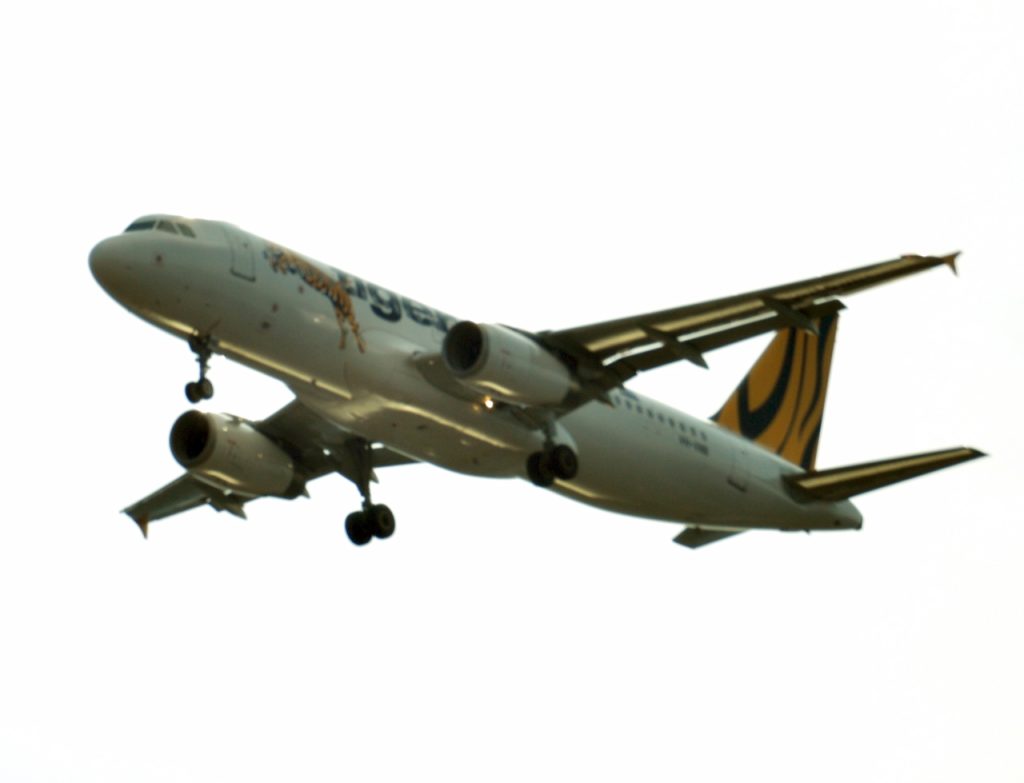
Innovative Practices
Innovations in Sustainable Aviation
As tourism expands, so does the need to address environmental concerns. Airlines operating in Australia are pioneering the use of sustainable aviation fuels, energy-efficient aircraft, and carbon offset programs to reduce their impact on the planet. These innovations ensure that Australia remains a global leader in sustainable tourism while protecting the natural beauty that draws visitors to its shores.
Resilience in Times of Crisis
Air travel has proven its resilience in supporting Australia’s tourism industry during challenging times, such as natural disasters or global pandemics. Airlines have played a key role in recovery efforts, introducing promotional fares and innovative routes to reignite global interest in traveling to Australia. This adaptability ensures that tourism remains a beacon of hope for the economy.
Encouraging Cultural Exchange
Beyond economic growth, aeroplanes foster cultural exchange. International visitors bring their traditions and perspectives, creating opportunities for Australians to share their own cultural richness. This exchange deepens mutual understanding and leaves travelers with lasting memories of Australia’s unique hospitality.
Conclusion
Aeroplanes are far more than a mode of transportation; they are the vital threads that weave Australia into the fabric of global tourism. By overcoming geographic isolation, boosting economies, linking regions, and fostering cultural exchange, aviation makes Australia accessible to travelers from every corner of the world. As the industry continues to evolve with sustainability and innovation, the role of air travel in connecting Australia to the world will remain indispensable.
Join the Discussion
What does aviation mean to you as a traveler?
